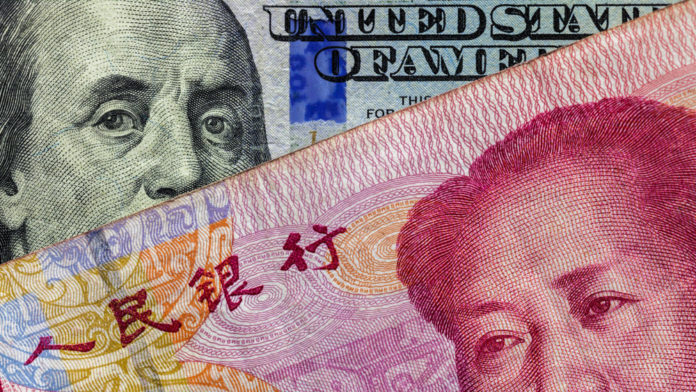Key Takeaways:
– More than 9,000 US-funded military research projects have been co-authored by researchers with China affiliations.
– The collaboration allegedly contributes to China’s tech advancements and military modernization.
– The researchers often shift to work for China’s defense research team after obtaining US funding.
– Several universities across the US have been accused of opening campuses in China, which facilitate transfer of crucial US technologies to blacklisted Chinese entities.
A Deep Dive into US Government Aid, Tech, and China’s Military Advantage
New information from a Congressional report suggests that the Chinese government has been benefitting from thousands of US-funded military research projects over the past decade. These studies cover a wide range of areas, from drones to nuclear weaponry, and involve people who later serve in China’s official capacities.
Funds Furthering Chinese Tech and Military Progress
The audit, led by the House Select Committee on the Chinese Communist Party and the House Education and Workforce Committee, indicates that a significant chunk of taxpayer money has been funneled into China’s tech advancements and military development. The audit estimates that the amount is likely in the hundreds of millions.
Often, these researchers first bag funding from the Department of Defense (DOD) for technology studies that are supposed to boost US “warfighting capabilities.” However, many of these same researchers then switch their allegiances to the Chinese government. Surprisingly, around 2,500 individuals now work directly for China’s defense research team after benefitting from US funds.
Concerns Over Potential Misuse
The report raises significant concerns about how China could potentially use this research in a harmful way. According to the audit, the Chinese government has the capability to use the research against US servicemembers during a conflict.
Cases of Researchers Shifting Allegiances
The audit cites several examples to illustrate this point. One professor, who bagged at least $7.8 million from the US for metallic hydrogen research, now works at the Chinese Academy of Science. This individual presented the same research to the Chinese Academy of Engineering Physics, which designs nuclear warheads for the Chinese government.
Another researcher received $5 million from the DOD over several decades. This funding facilitated his studies into semiconductors devised from graphene instead of silicone. Upon making a breakthrough in 2014, he took his research to China and opened a special lab at Tianjin University.
Further, a UCLA professor who received a $500,000 grant from the US government to start an artificial intelligence company in Los Angeles moved the startup to China the very next year. His research now pertains to “high-level robot autonomy and cognitive robot platforms for intelligence and surveillance.”
Universities Alleged to Facilitate Transfer of Crucial Tech
Some US universities such as Georgia Tech and the University of Pittsburgh have been accused of colluding with Chinese authorities. According to the audit, these institutions have opened campuses in China, which have played a significant role in the transfer of sensitive US technology to blacklisted entities linked to China’s defense and security apparatus.
While these claims have primarily been against the DOD, the report suggests that about 60,000 other research projects funded by various US-based institutions may have benefitted China as well.
US Tax Dollars: Aiding Adversaries?
The discovery of these possible investments into rival countries is a keen reminder of how important it is to monitor how taxpayer dollars are expended. With numerous home-grown challenges currently requiring financial attention, it only underscores the need for increased scrutiny of international research funding. It’s about time we reflect on whether we are inadvertently aiding overseas rivals in the process.
American citizens certainly hold a right to question whether their hard-earned money should be enhancing foreign military powers. Thus, the continuous evaluation and review of the allocation and outcomes of such funding could provide greater transparency and public confidence in government decisions.

